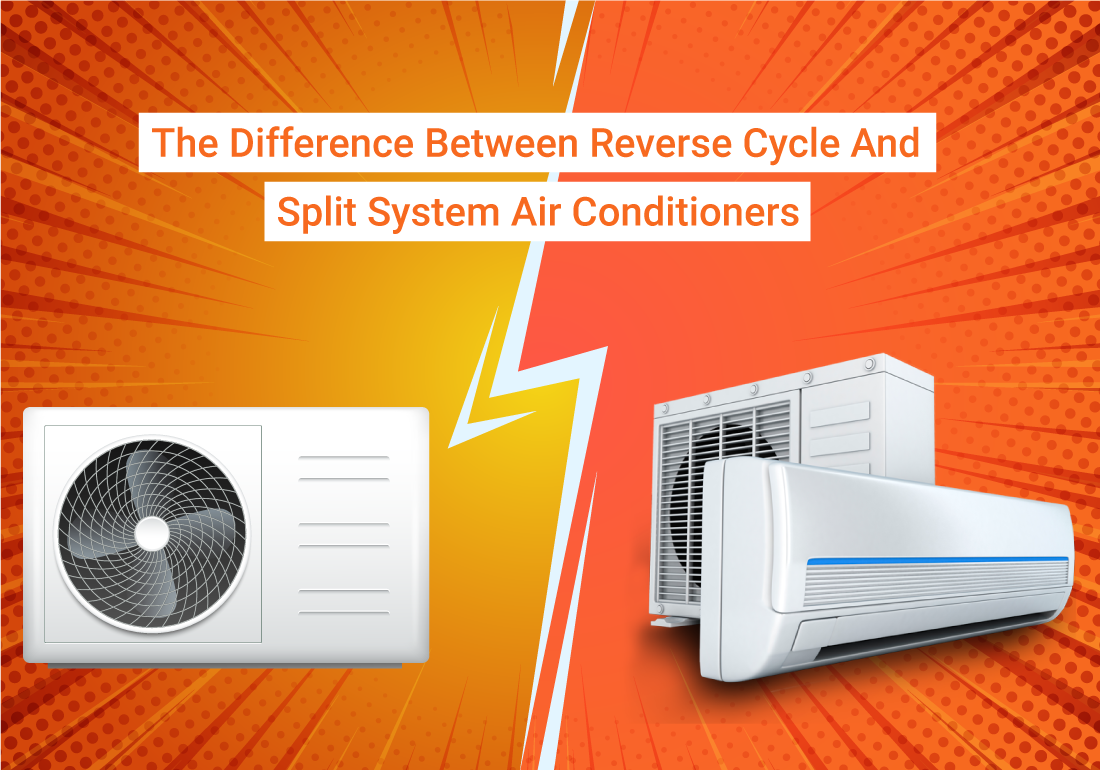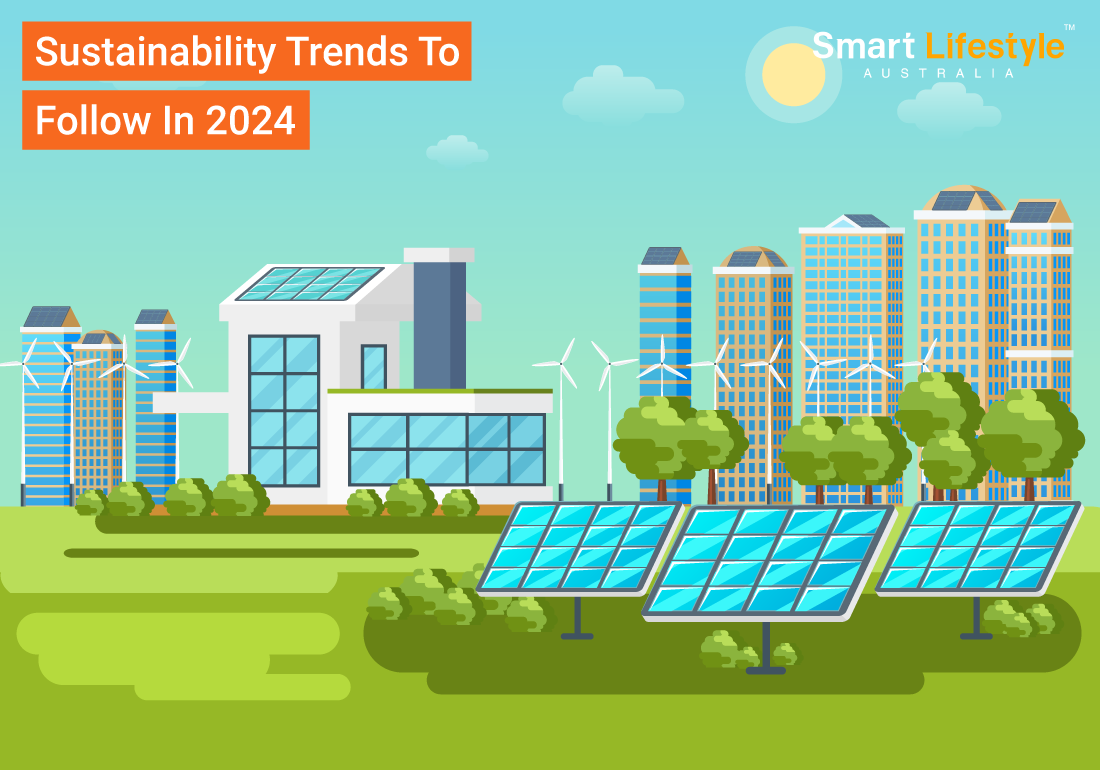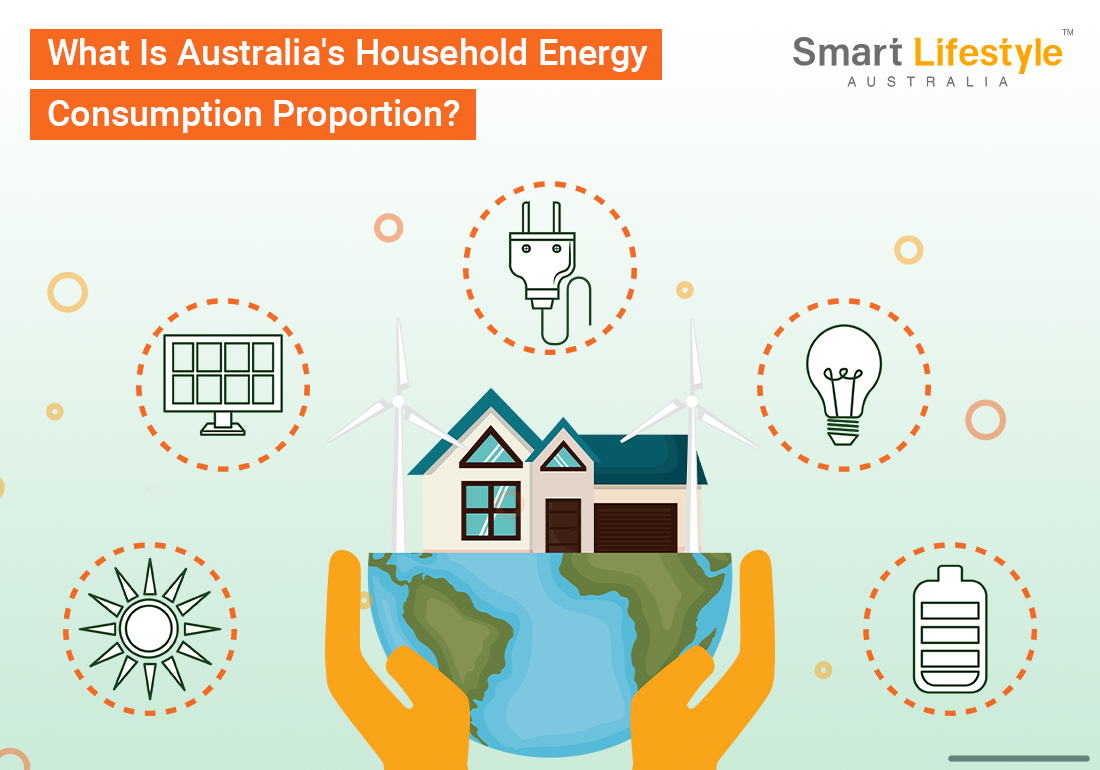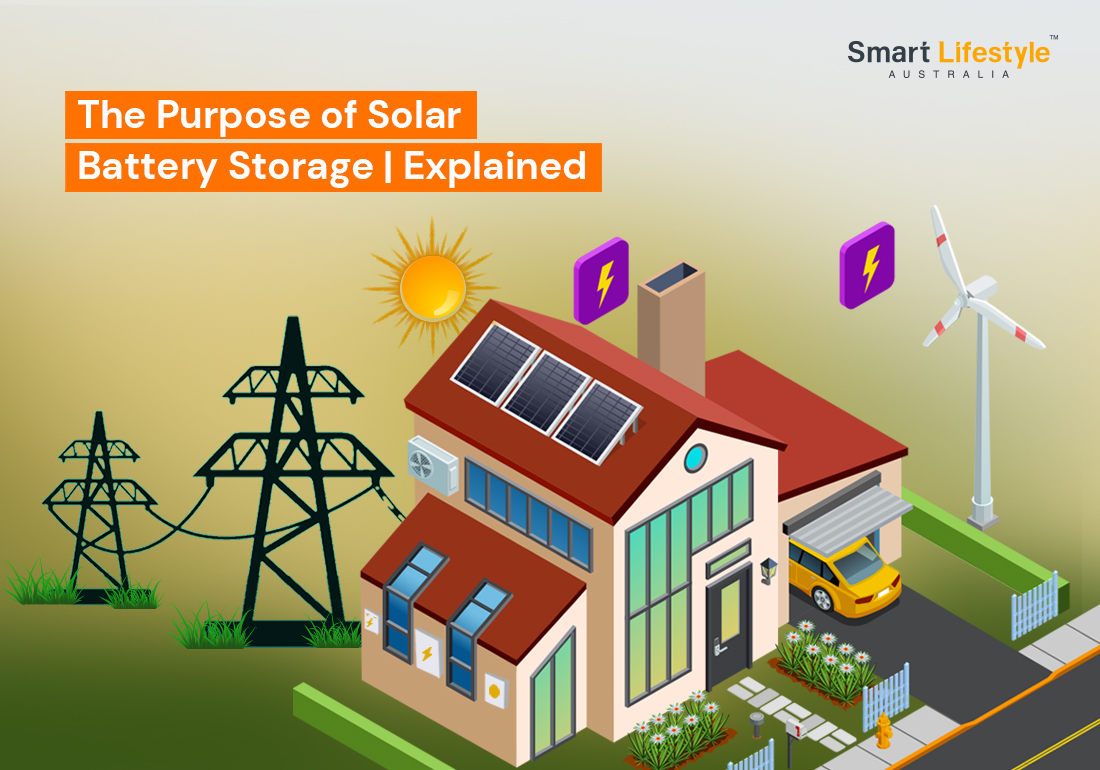More people want things that are good for the Earth. Many companies want to make things that don’t hurt the environment. But some need help to do this. If they do it right, it can make a big difference.
Do you want to make your business eco-friendly? And how can you adapt to energy efficiency?
Many people care about the Earth and want to buy things that don’t hurt it. They look for brands that make products without causing harm to the environment, animals, or workers.
Taking care of the environment is essential now. By using eco-friendly ways, companies can make less impact on the Earth and how they want to help the environment in the future.
Becoming an Eco-friendly Business
Australian communities are learning more about how to take care of the environment.
An eco-friendly business doesn’t harm the environment and uses resources that are sustainable and renewable.
These businesses think about where their supplies come from and how they’re made. It chooses to work with suppliers who care about the environment and gets materials locally to reduce its impact on the environment.
- They try to eliminate minor impacts it has on the environment.
- It thinks about how its products and services affect the environment.
- Reduces unnecessary packaging and manages how much it takes to make less waste.
The policies and steps you take to help the environment can impact how people see your business, your ability to sell things, and how you bring in new employees.
Benefits of an Eco-Friendly Business
- Building a positive reputation.
- Attracting employees and business partners who value sustainable practices.
- Gaining new customers seeking eco-friendly products and services.
- Developing innovative practices that benefit the environment and can lead to increased sales.
- Gaining a competitive edge over non-environmentally friendly competitors.
- Energy transition will save the environment.
- Cutting transport and packaging costs by using eco-friendly and locally sourced resources.
- They are reducing vehicle and operational costs by using renewable energy.
- You are saving money through increased energy efficiency (e.g., reducing water and electricity usage).
- They are reducing waste removal expenses through recycling and waste reduction.
- We are attracting more grants by planning for climate change, using more local products and services, and decreasing reliance on expensive types of energy.
- You increase the likelihood of success in sustainable procurement tenders by demonstrating your business’s efforts to minimise the negative environmental impacts of purchased products and services.
Environmental Impact Audit

An environmental impact audit can help evaluate how environmentally responsible your business is. The findings from this assessment can guide your business in making changes to minimise any negative environmental impact.
This assessment involves examining how your business:
- Sources its materials
- Manufactures its products
- Manages waste
The environmental impact audit has three phases:
Phase 1:
Pre-operations (sourcing and preparation)
Phase 2:
During operations (production and operations)
Phase 3:
Post-operations (clean-up and waste management)
How To Build an Eco-Friendly Business?
Transitioning to Alternative Energy Sources
More and more people care about the environment and want to support brands that help make the world better.
For businesses that still need to make changes to be more eco-friendly, it’s essential to start by understanding how much your company affects the environment.
After that, an excellent step to take is switching to renewable energy to power your company. If your current energy provider doesn’t offer renewable energy options, it might be a good idea to find a new provider that uses only renewable sources.
Look for ways in your business, such as with office supplies, processes, and packaging, to reduce, reuse, and recycle to be more sustainable.
Are you looking for solar panel systems? Check out our solar packages.
Recycle Waste
Recycling stands as an essential pillar in the foundation of an eco-conscious business. Incorporating recycling practices into your business model not only demonstrates a commitment to sustainability but also contributes significantly to reducing the strain on the environment.
By implementing recycling strategies, your business can actively participate in the conservation of resources and minimise waste.
Embracing a circular economy where materials are reused or repurposed sends a powerful message about your company’s dedication to reducing its ecological footprint.
Moreover, it sets an example for consumers and other businesses, showcasing the viability and importance of recycling in eco-friendly products and services.
Reduce Waste
Minimising waste is the key to establishing an environmentally conscious business committed to eco-friendly products.
Embracing waste reduction practices means examining each phase of your business operations, from sourcing materials to packaging and production.
By rethinking your supply chain and opting for minimal or eco-friendly packaging, your business can significantly curb unnecessary waste.
Implementing energy-efficient production processes, reusing materials where feasible, and encouraging customers to participate in recycling initiatives are effective strategies.
By reducing waste, your business not only lessens its environmental impact but also showcases a dedication to sustainability, setting a commendable standard in the market for eco-friendly practices.
This approach not only resonates with conscientious consumers but also underlines a responsible and forward-thinking ethos within your brand.
Energy-efficient upgrades

Implementing energy-efficient upgrades is a crucial step in starting an eco-friendly business. Consider these upgrades across various aspects of your operations to significantly reduce your environmental impact and promote sustainability:
Lighting: Switch to CFL or LED lights for your office spaces, warehouses, and retail areas. These bulbs are highly energy-efficient and have a longer lifespan than traditional incandescent bulbs, reducing energy consumption and the frequency of replacements.
Appliances and Equipment: Invest in energy-efficient appliances and machinery. Look for Energy Star or similarly certified equipment that meets high energy efficiency standards. This includes office computers, printers, HVAC systems, and kitchen appliances, if applicable.
Renewable Energy Sources: Consider using renewable sources like solar panels or wind turbines. Installing solar panels on your business premises can significantly reduce your reliance on grid-based electricity, reducing costs and environmental impact.
HVAC Systems: Upgrade your heating, ventilation, and air-con (HVAC) systems to more energy-efficient models. Programmable thermostats, regular maintenance, and zoning systems can optimise energy usage while ensuring comfortable working conditions.
Insulation and Windows: Improve insulation in your buildings and upgrade to energy-efficient windows to regulate indoor temperatures more effectively. Proper insulation reduces the strain on heating and cooling systems, cutting energy consumption.
Water-Conserving Fixtures: Install water-saving fixtures and appliances such as low-flow toilets, faucets, and efficient irrigation systems. These upgrades reduce water usage and contribute to conservation efforts.
Waste Management Systems: Implement waste reduction and recycling programs in your office or production facilities. This includes composting organic waste, setting up recycling stations, and encouraging employees to reduce, reuse, and recycle materials.
Your business will lower operating costs and significantly minimise its environmental footprint integrating these energy-efficient upgrades.
Lower digital impact energy
Switching entirely to digital methods is an excellent idea for the environment and the company.
Many companies still use a lot of paper, but it’s optional. Going fully digital is good because it helps with organisation, makes things more transparent and faster, and improves work.
It’s also better for the planet because using less paper means we don’t need to take as many trees and resources from the Earth.
Even if you use recyclable paper, going fully digital has a more significant positive environmental impact.
What Products to Use for Your Eco-Friendly Business

Refrigerated Display Cabinet (RDC)
When considering launching a business with eco-friendly products, investing in environmentally conscious refrigerated display cabinets is a significant step.
Opt for energy-efficient refrigerated display cabinets (RDC). These cabinets are designed to maintain optimal temperatures while minimising energy consumption, contributing to a reduced carbon footprint.
Additionally, look for models equipped with LED lighting, as they consume less energy and last longer than traditional lighting systems.
Being mindful of the energy efficiency of refrigerated cabinets not only aligns with eco-friendly practices but also helps in cost-saving over the long term, presenting a win-win situation for your business and the environment.
Air Conditioners
Air conditioners with high energy efficiency ratings utilise environmentally friendly refrigerants to minimise environmental impact.
These units are designed to deliver adequate cooling while consuming less energy, reducing greenhouse gas emissions.
Check out our environmentally friendly aircon and be comfortable with the temperature.
Investing in smart or programmable thermostats can also optimise energy usage by adjusting temperatures according to need, further enhancing the overall efficiency.
Choosing air conditioning systems with energy-saving features aligns your business with eco-friendly principles and can substantially lower operational costs over time.
Heat Pumps
Look for heat pumps that use renewable energy sources like air, water, or geothermal energy, reducing reliance on traditional, more pollutant-based heating methods.
Energy-efficient and smart heat pumps help maintain comfortable temperatures while significantly reducing energy consumption and carbon emissions.
Additionally, ensuring proper insulation and regular maintenance of the heat pump system enhances its efficiency, leading to further energy savings.
Investing in these eco-friendly heating solutions not only supports a greener environment but also reflects positively on your business’s commitment to sustainability.
Get all the eco-friendly products here at Smart Lifestyle Australia.




